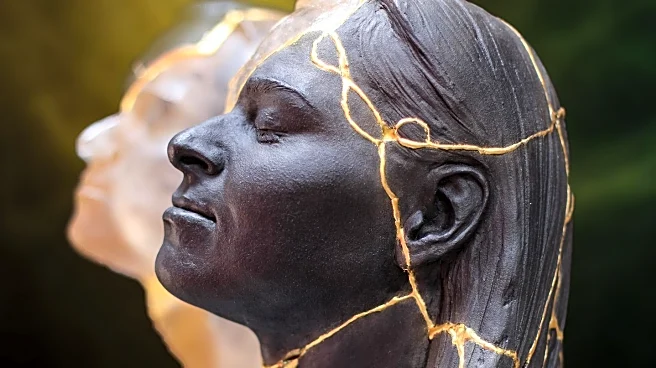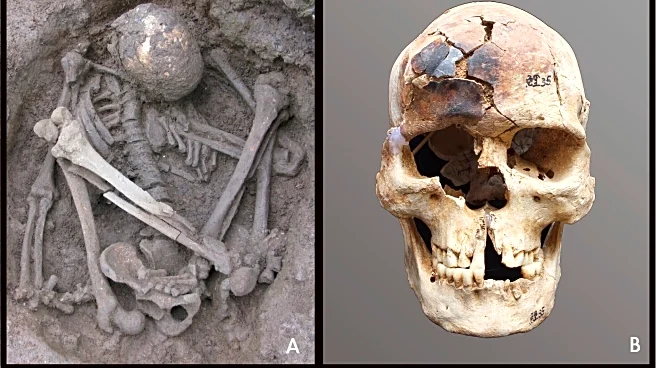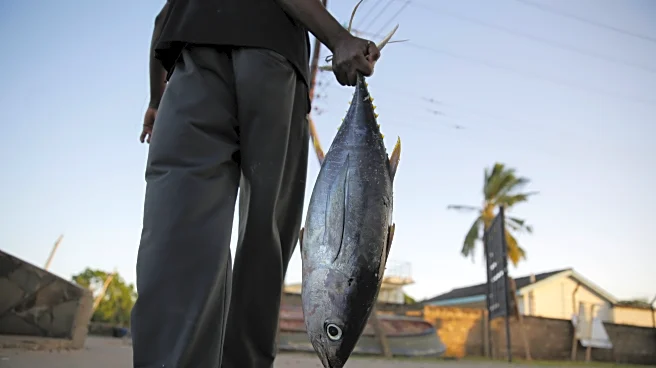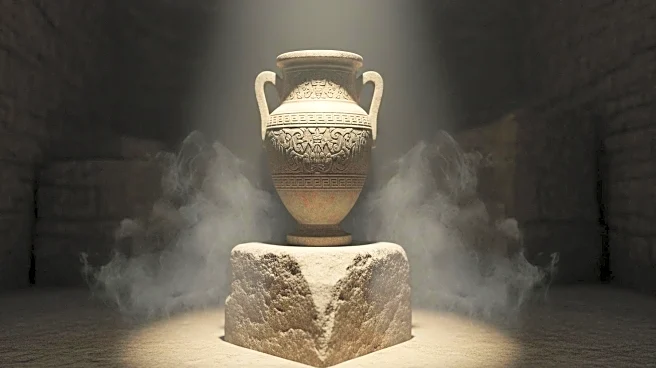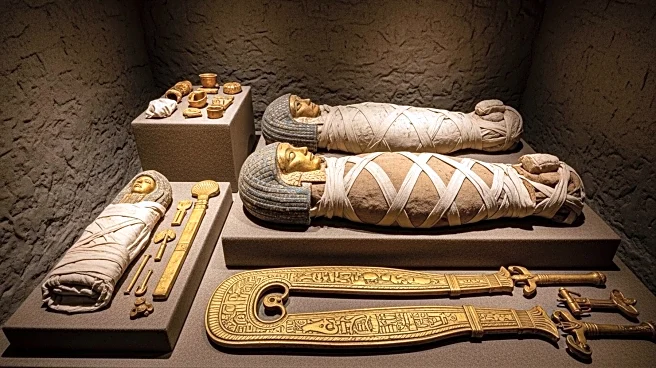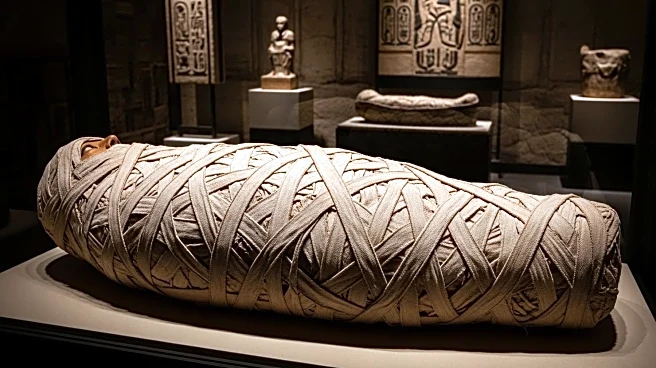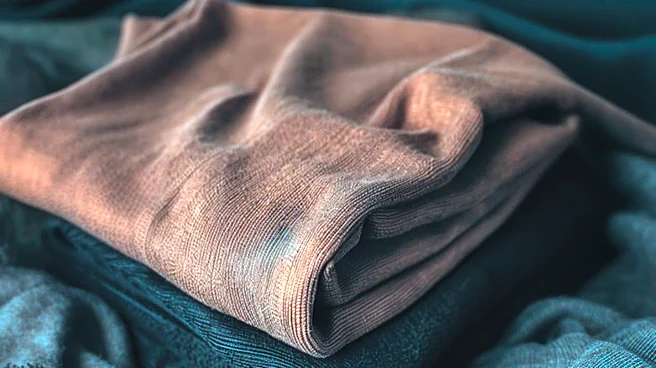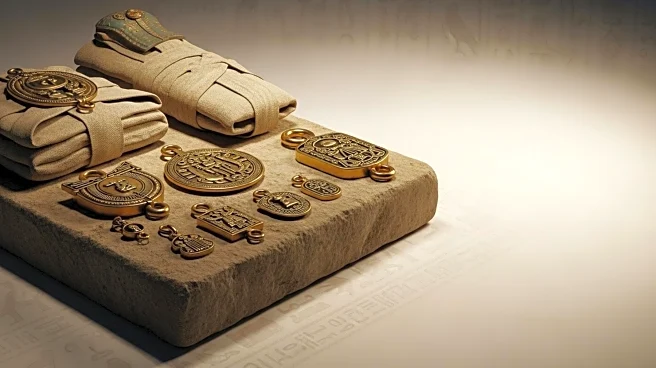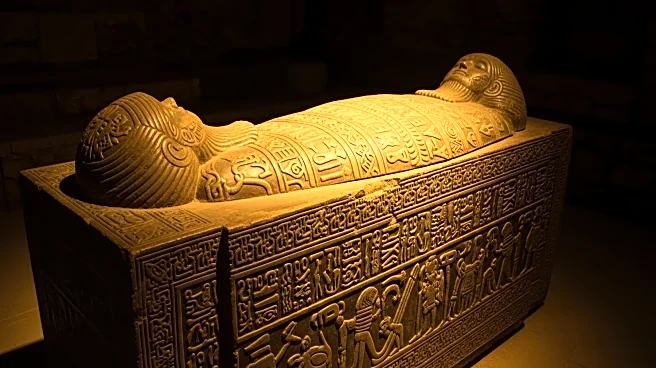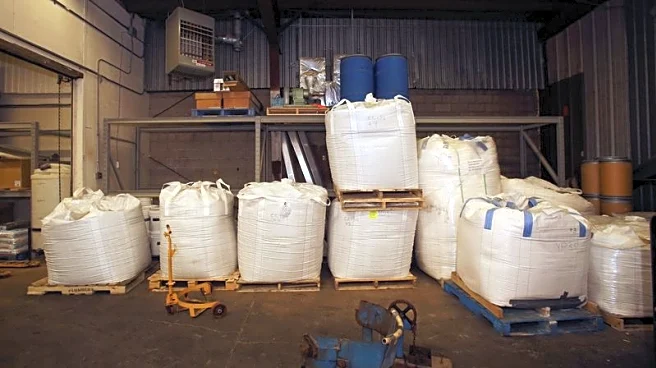What is the story about?
What's Happening?
Researchers have uncovered what may be the oldest known mummies in the world, dating back up to 12,000 years, in southeastern Asia. The mummies were found in various archaeological sites across China, Vietnam, and other Southeast Asian countries. The bodies were preserved through a process of smoke-drying, a method used by ancient hunter-gatherer communities. This discovery challenges previous assumptions about the origins and practices of mummification, which were thought to be primarily associated with cultures in Egypt and South America.
Why It's Important?
The discovery of these ancient mummies provides new insights into prehistoric funerary practices and the cultural significance of mummification across different regions. It suggests that the practice of preserving bodies was more widespread and diverse than previously understood. This finding could lead to a reevaluation of historical timelines and the development of early human societies. For the scientific community, it opens up new avenues for research into ancient cultures and their interactions with the environment.
Beyond the Headlines
The discovery raises questions about the cultural and spiritual beliefs of ancient Southeast Asian communities and their connections to other regions. It also highlights the importance of interdisciplinary research in archaeology, anthropology, and history to uncover the complexities of human civilization. The findings may influence future studies on the migration and adaptation of early human populations.
AI Generated Content
Do you find this article useful?
